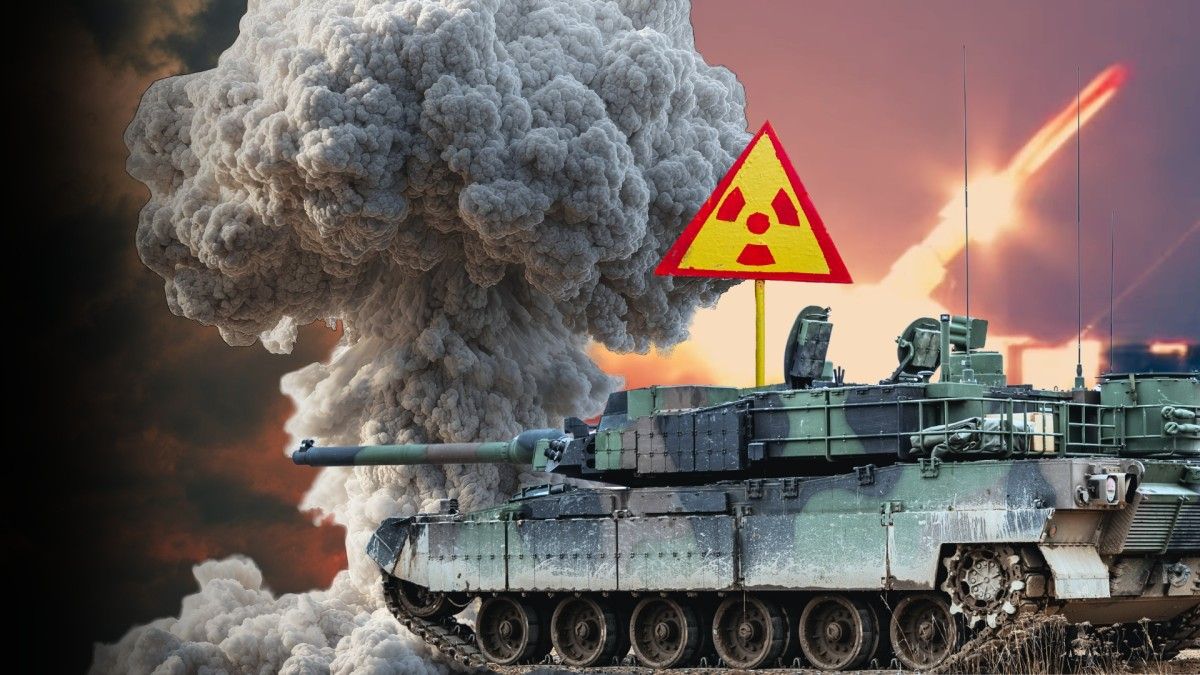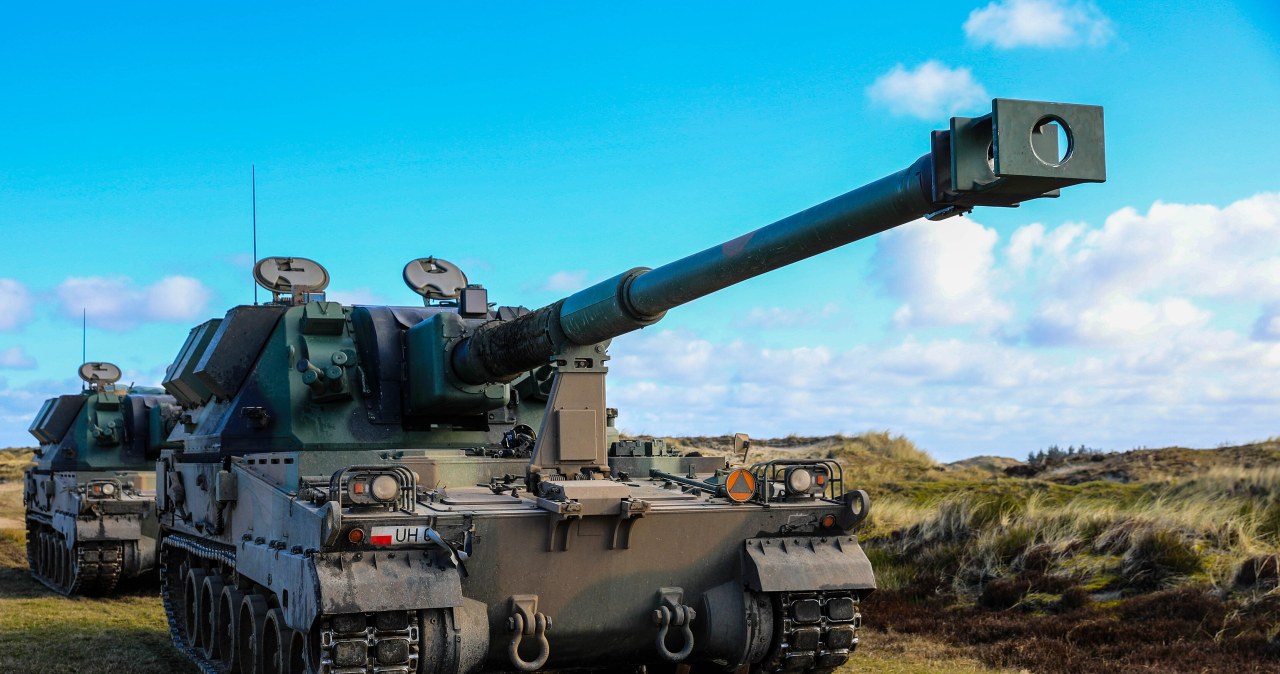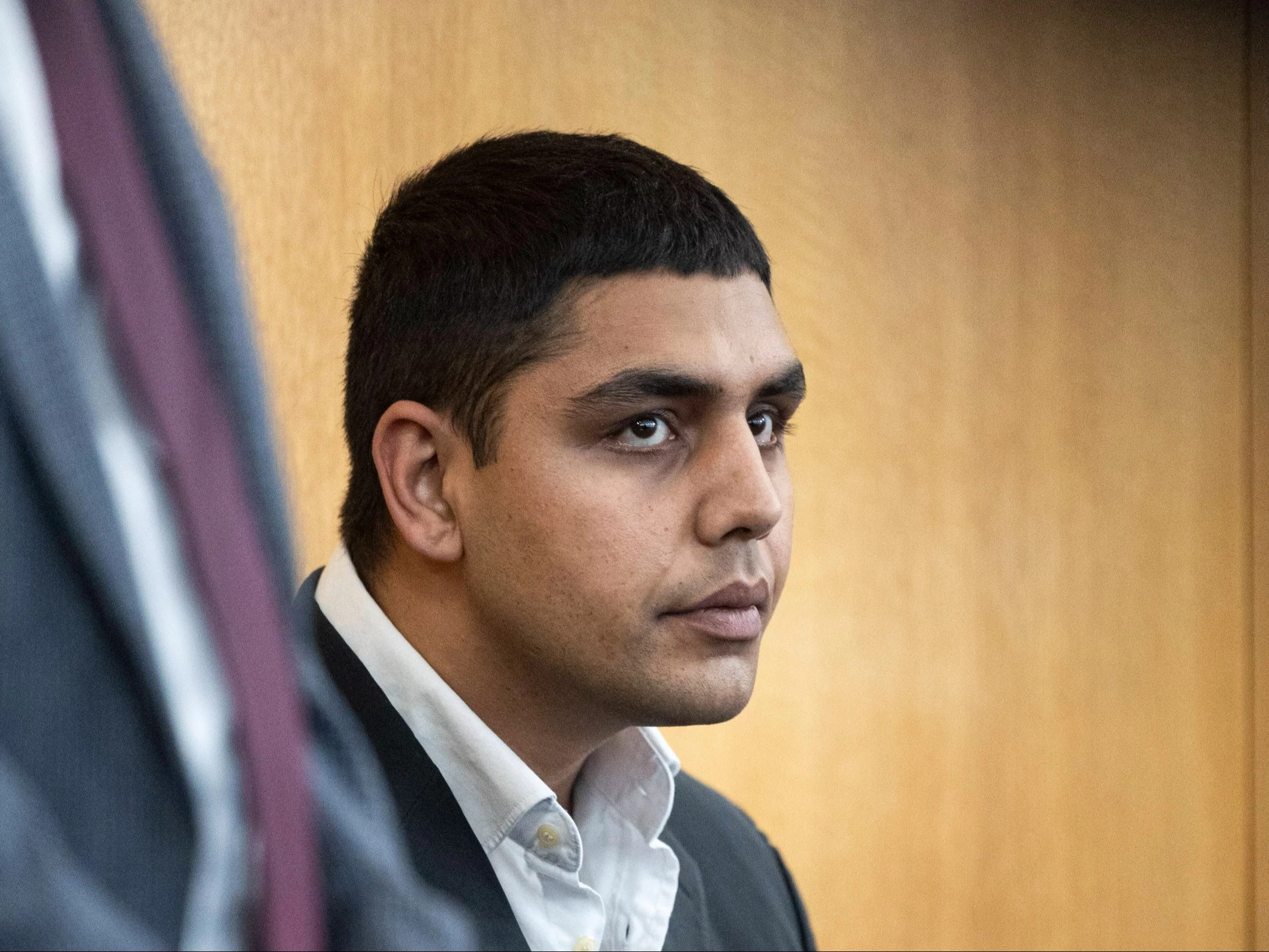Polish military formations began to participate in the large war on the part of central states, and Polish representatives participated on the side of the winning entent in 1919. On 6 August, on the anniversary of the departure of the First Personnel Company, it is worth recalling this several-year process of reversing alliances.
The Holy Covenant, as the Vienna legislature of 1815 was called, has concreted an global agreement in Europe for a 100 years. The “Polish case” was an interior substance of the possessive states, integrating their policies, and this arrangement was accepted by European states.
Piłsudski “plays for war”
In this context, it is not amazing that Joseph Piłsudski adopted the concept of working on regaining independency based on the anticipated armed conflict, or war between the invaders. Only this script gave a chance to change the situation. Piłsudski's plan could be summarised in 3 words: "playing for war". It predicted respective scenarios of its course, but they all had 1 denominator. He believed that the success of the “Polish cause” after the end of the war would be possible if Poles had the armed force with which the exhausted winners would gotta reckon. He planned to prepare the personnel of this army due to the fact that the privates were constantly trained in their armies of invaders. In those years, the interior situation only in the Austrian election allowed for the preparation and organisation of the forces and resources needed in the conflict between the invaders. The preparations were concrete and included military training of gunmen, organizing the Polish Military Treasury and maintaining an intelligence network in the Russian business area since 1910. Eventually, the Austrians allowed these preparations for circumstantial intelligence information on Russian possible in the area of the Congressional Kingdom, commonly called Congressional. This intelligence network based on the structures of the Polish Socialist organization was another asset of Piłsudski, strong especially in the Dąbrowski Basin, selected as the planned area of the Polish uprising against Russia. Mobilization of gunmen was ordered even before Russia declared war by Austro-Hungary and Germany. By then, respective 1000 gunmen were prepared, but any of them were mobilized into the Austrian army.
Unfortunately, as a consequence of the change in the operational plans of the central states of the territory of Zagłębie Dąbrowski, the German Army and Austrians did not agree to the Piłsudski uprising there. For this reason, the direction of action was changed to Kielce, despite the deficiency of preparatory work to be created in this area. The gunmen set out on 6 August and further companies reached Kielce, liberating this part of the Congressional, nevertheless they failed to instigate the enthusiasm required by each uprising. Within a twelve days of the departure of the staff, the Austrians demanded the dissolution of the shooting troops and the incarnation of the shooters into the regular army. The ultimate National Committee established in Krakow on 16 August proposed the creation of Polish Legions (LP). Piłsudski continued his work as part of the First LP Brigade. Despite the restrictions imposed by the LP Command, he pursued his policy, e.g. by maintaining his own verbal apparatus, conducting his own propaganda and establishing in 1914 the Polish Military Organization, directed against Russia, and since 1915 a spiritual organization and operating since July 1917 against Germany.
The Polish military formation was besides established in 1914 in France as the Legion of the Bajorans. It was part of the abroad Legion due to the fact that the French considered the “Polish case” to be an interior substance of Russia, and the further recruitment to the formation blocked the Russian embassy in Paris with its protest.
Act 5 November 1916 – the dissolution of the Holy Covenant
The two-year battles of the legion brigades on various episodes of the anti-Russian front were topped with the concentration of the full formation on the front section of Kostuuchnówka, where the most hard conflict of the Polish Legions took place on 4–6 July 1916. This battalion showed the advanced value of soldiers of the Polish Legions and gave General Erich Ludendorff an argument to make a request to make a Polish state along with an army that could support central states on the east front. On 5 November 1916, both emperors issued a proclamation in which they promised to establish a Polish state and an army. After 2 years of war, the mobilization resources of central states slow ran out, and legislature inactive had any potential. This Act of November 5 was indeed a violation of the principles set out in the Holy Covenant, due to the fact that he put the "Polish case" on the global forum. As a result, 10 days later, Tsar Mikołaj II protested against specified a "resolution" with a fragment of the Russian Empire by the central states and promised Poles the unification of the Polish lands under his scepter. Russia's position over the next fewer days supported the entent states, but erstwhile the avalanche was launched, it could no longer be stopped. In December 1916, the Italian Parliament advocated Poland's independence.
The fall of the Russian Empire
In February 1917, as a consequence of the Russian revolution, the czarat collapsed, and its Provisional Government recognized Poland's right to be an independent state being. In June, the Chief Polish Military Committee was established, which initiated the formation of the First Polish Corps in Russia. A fewer months later, 2 more corps were formed. The “Polish case” ceased to be an interior substance of Russia and in July 1917 the president of France, after the agreement of the Russian Embassy in Paris, issued a decree establishing the Polish Army in France.
On 9 July 1917, the alleged oath crisis took place. Soldiers I and III of the Polish Legions Brigade refused to curse allegiance to the German Emperor Wilhelm II.
Also in July 1917, on the initiative of Piłsudski, there was a alleged oath crisis in Legions. Since Russia was no longer in the way of regaining independency by Poland, it ceased to be a possessor. It was so essential to reverse alliances, that is to leave the alliance with central states and establish an alliance with the entent. The refusal to curse and intern the legionnaires of the Congressional in Szczypiorno and the Beniamin definitely ended the Legionary era on the side of central states. As a consequence of the oath crisis, 2 formations were formed from the legionaries who took the oath: from the Austrian subjects, mainly from the 2nd Brigade, the Polish Aid Corps (PKP) was formed and the Russian subjects formed the Polish Armed Forces. Both formations continued in the service of central states.
The Betrayal of Austro-Hungarian and the Rebellion of the Betrayed
The stubborn soldiers of the Polish Aid Corps in February 1918 had to face the betrayal of Austria, which as a organization to the Treaty of Brest granted Chełmszow to the recently formed Ukraine. The reaction of the officers and private PKP was a plan to "end" the service on the side of Austro-Hungarian and to cross the front to merge with 1 of the Polish corps formed in Russia, in a word – a plan of rebellion. It was realized on 15 February 1918 under Rarancza. The front passed the 2nd Brigade of Colonel Joseph Haller with infantry regiments, without artillery and rolling stock, and on 6 March 1918 it reached the 2nd Division of the Polish Corps in Russia, then became part of it. There has been a combination of 2 different and so far opposing directions of Polish military policies and activities.
Canniów – conflict with Germany
The Second Polish Corps, the command of which was taken over by Colonel Józef Haller, after the march to the Transdeeprzna Ukraine, surrounded by the German army under Canown, fought a fierce conflict there on 11 May 1918. It lasted only 1 day and cost 56 fallen officers and private officers and respective 100 wounded. It was a comparatively low price for moral and political right to take the place of winners at the negotiating table at the Paris Peace Conference. If we are looking for an illustration of Clausewitz's thesis that war is simply a continuation of politics led by another methods, we will find it in this battle. After the fall of Russia, the war had to start with the central states and the Second Polish Corps through the conflict of Canown began this war. Its tactical importance was tiny in contrast to its strategical and political importance. In politics, facts are more crucial than declarations. And this conflict was a fact and an indisputable argument. Poland, not yet existing through this skirmish, entered into the entent with its armed forces.











